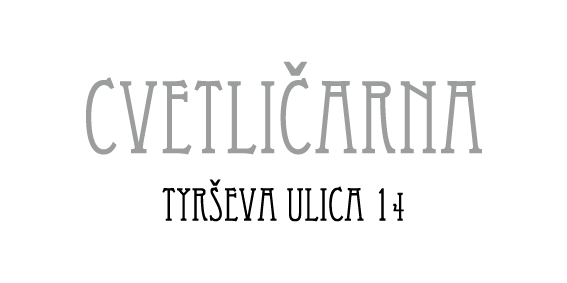Life is a Dream
Life is a Dream
The theatre event Life Is a Dream tackles the textual and idealist legacy of the original through the awareness of its importance in the theatre tradition of the Western civilisation. The philosophical text by Pedro Calderőn de la Barca (1600–1681) is one of those perpetually poignant masterpieces that are questioning the essence of human nature and humankind’s relationship toward reality, through which we are shaped and to which we oppose.
The performance intervenes in the original baroque playwrighting, shifting it up with the contemporary theatre methods and approaches. The logic of the baroque drama, which is stripped off of unnecessary ornaments, is also reflected in the dramaturgy of theatre space. The neuralgic point of the spatial dramaturgy can be thus found in the baroque cross, an altar that can function as a vomiting container and a sinkhole of the energy onstage – a stage within a stage.
The text Life Is a Dream opens up the question of a dream as an in-between state, an ephemeral phase or a passage between (in a literal sense) strict prudence of the mind and freedom of imagination, as well as a crossing between life and death, emerging and withering, possibility and determinism. While the 20th century has introduced the notion of conceptualism, this adaptation of Calderón’s text is based on “conceptism”, i.e., on the creation of one’s allegorical figures.
The code of the staging derives from the method of minute sculptures.[1] The aestheticised kinetic bodies form ontological conceptisms in the space-time continuum, while their dramaturgy of juxtaposition, duration and transformation places them in the area between the performative, theatrical and sculptural.
The minute sculptures populate the space of the performance that creates two axes through the baroque linguistic corpus – Basilio and Rosaura –, who become thought-bearers and centres of the drama conflict. By juxtaposing three layers of performance (minimalism, collective dynamics and inclusion of commedia dell’arte), the world of the staging is being built – the world that addresses questions of departure, conflicts of fate and coincidence and the feminine position in the world of male presuppositions. The adaptation follows Calderón’s narrative structure that is passing from evil to good, with a crucial shift in the perception as well as in the role of a woman in the original narrative. Through the logic of minute sculptures, the staging intervenes in Calderón’s structure of drama characters, but it draws/derives from the basic mechanism of the original – the mechanism of dream and self-referentiality of theatre.
For the first time in the history of the Maribor Drama, Dragan Živadinov, one of the most innovative and radical Slovenian directors, is directing the performance. In his interview with Ksenija Repina, he stated: “I consider myself first and foremost an artist. An artist who draws his essence from eventuality, namely, from the art of theatre directing. I have been working in theatre professionally for 40 years. My first period was retrogardism, then with Dunja came the art of post-gravity. Now Dunja and I are out – out of everything. We are beyond theatre art to be holistic in art. We are in finalism.”
Calderón de la Barca: A life happens between fate and coincidence.
Rosaura de la Barca: A woman’s life unfolds in a man’s violence against a woman. It doesn’t matter if it comes from fate or coincidence. In both cases, it is violence.
[1] In Slovenia, the minute sculptures, along with minute dramas and populated sculptures, were first explored by the Theatre of the Scipion Nasice Sisters in the second half of the 20th century. The minute sculptures were then presented to the international audience by the Austrian visual artist Erwin Wurm.
Stara dvorana
















































